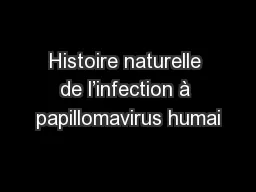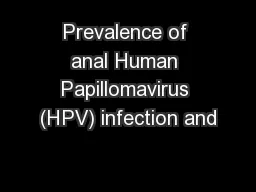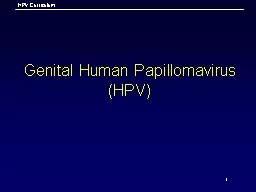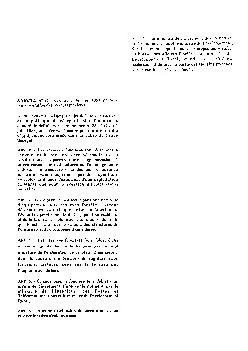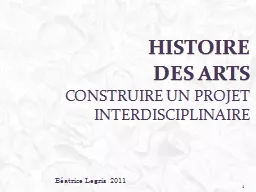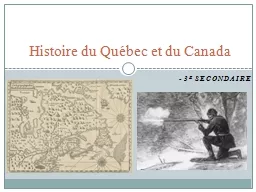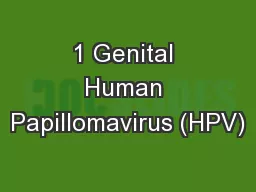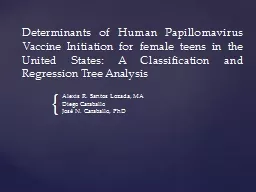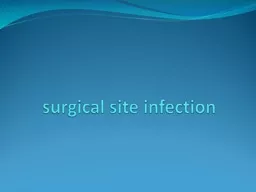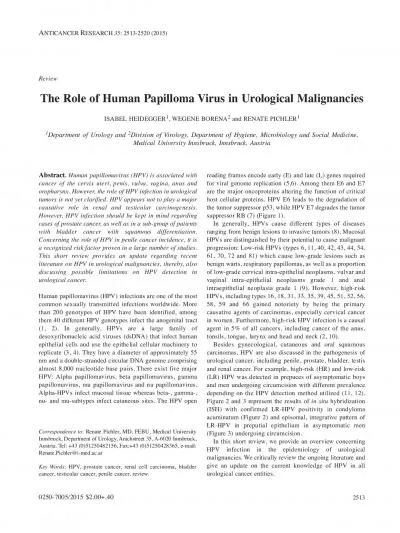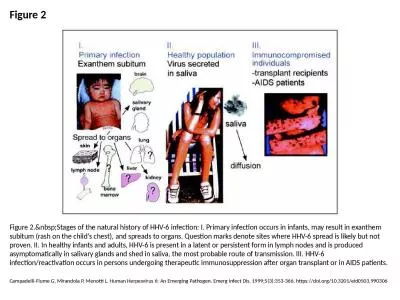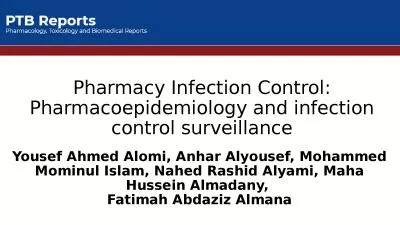PPT-Histoire naturelle de l’infection à papillomavirus humai
Author : lois-ondreau | Published Date : 2017-04-27
du tissu sain au cancer JeanDamien Combes 1 pour Silvia Franceschi 1 Christine Clavel 2 et Jean Lacau Saint Guily 3 1 International Agency for Research
Presentation Embed Code
Download Presentation
Download Presentation The PPT/PDF document "Histoire naturelle de l’infection à p..." is the property of its rightful owner. Permission is granted to download and print the materials on this website for personal, non-commercial use only, and to display it on your personal computer provided you do not modify the materials and that you retain all copyright notices contained in the materials. By downloading content from our website, you accept the terms of this agreement.
Histoire naturelle de l’infection à papillomavirus humai: Transcript
Download Rules Of Document
"Histoire naturelle de l’infection à papillomavirus humai"The content belongs to its owner. You may download and print it for personal use, without modification, and keep all copyright notices. By downloading, you agree to these terms.
Related Documents

